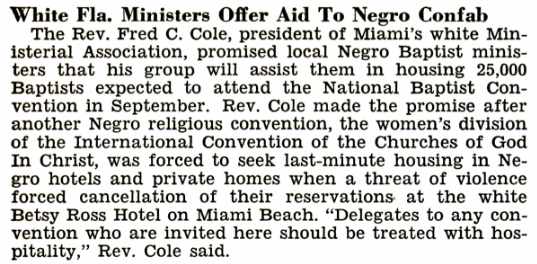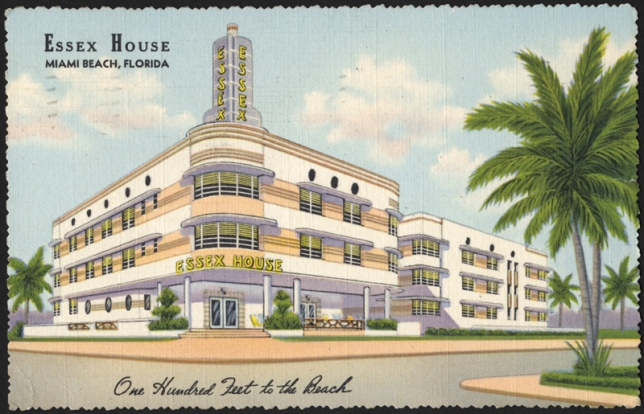Our Vision
We hope this website sheds light on the dynamic role Miami Beach has played in our local and national history. We have traced the life of the Essex House Hotel, located at 1001 Collins Avenue, Miami Beach, Florida to gain greater insight into the history of Miami Beach’s Art Deco District. From our micro-historical approach, we can shed light on the scandalous affairs of South Beach’s hotels, their roles in housing and training our United States Army during the Second World War, their sadly neglected off-season after the war, and their eventual recovery in the late 1970’s. The Essex House, although a marvelous example of the Art Deco style, serves as just one example of the life of these buildings. Because its experiences were not particularly unique, it serves as a great platform from which we can study the experiences and struggles of the Art Deco district and of all of South Beach.
What makes the study of these buildings so intriguing is that they opened the beach to those beyond the wealthy and elite. They have been vacation spots for middle-class families, barracks for enlisted Army personnel, and homes for Jewish retirees. They may have lacked the luxuries of pools, expensive marbles, and air-conditioning, but perhaps that is why they have become such powerful memories. They hold special meaning for Americans from different backgrounds.

Despite the welcoming of new families to this area, these buildings could not overcome the prejudices and racism of early Miami. It is important to note that many African- Americans and Bahamians could not enjoy life on South Beach like their white counterparts regardless of their economic status. Because documented evidence of these restrictions has been limited to the upper end of Miami Beach, we have decided not to include them in our study. Despite these limitations, it is important to stress that these issues require a study all on their own.
This project was created by Philip Kenlon, Ynes Moreno, and Genevieve Rossin, graduate students enrolled in the History Program at Florida International University.
All pictures copyright to their respective owner(s). This website does not claim ownership of any of the pictures displayed on this site unless stated otherwise. This website does not knowingly intend or attempt to offend or violate any copyright or intellectual property rights of any entity. Some images used on this website are taken from the web and believed to be in the public domain. In addition, to the best of this website’s knowledge, all content, images, photos, etc., if any, are being used in compliance with the Fair Use Doctrine (Copyright Act of 1976, 17 U.S.C. § 107.) The pictures are provided for comment/criticism/news reporting/educational purposes only.
If any images posted here are in violation of copyright law, please contact us (see below) and we will gladly remove the offending images immediately upon receipt of valid proof of copyright infringement.

